Many people have wondered if Manhattan is an island. Located at the mouth of the Hudson River, Manhattan is one of five boroughs that make up New York City.
Water surrounds it, with the East River to the east and the Hudson River to the west. Despite its relatively small size, Manhattan is a hub of activity and culture, attracting millions of visitors each year who experience its iconic landmarks, world-class museums, and vibrant neighborhoods.
From the towering skyscrapers of Midtown to the charming brownstones of the West Village, Manhattan offers an unparalleled mix of old-world charm and modern-day excitement. We will explore Is Manhattan an island and why Manhattan is considered an island and delve into some of its fascinating history and cultural significance.
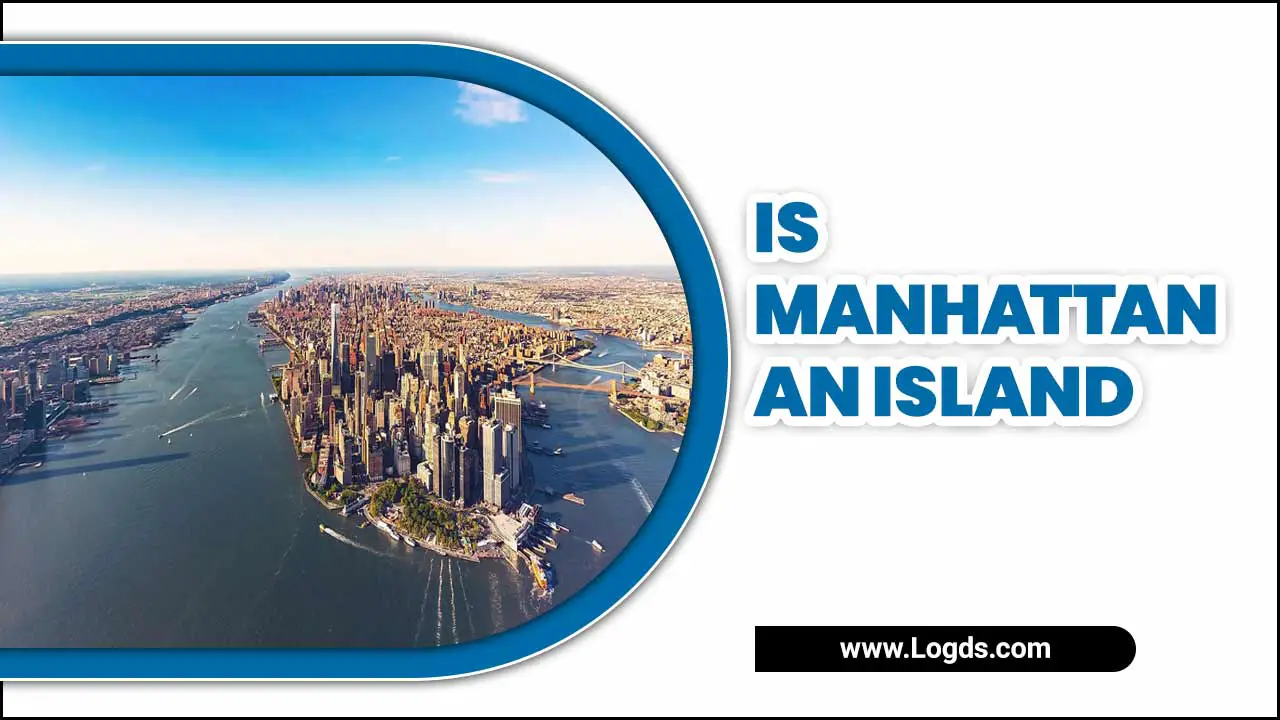
A Brief History Of A Dutch Island
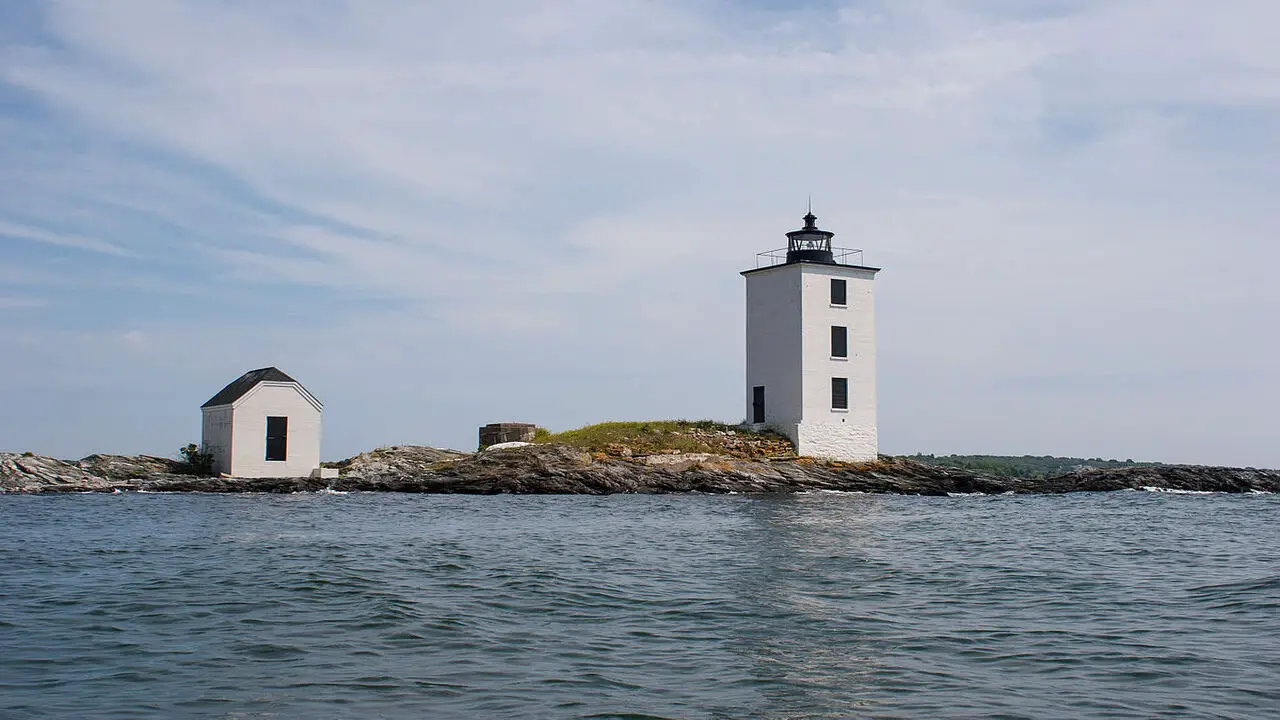
Governors Island, located in the New York Harbor, has a rich history dating back to Manhattan’s early days. Originally inhabited by the Lenape Native Americans, Henry Hudson later discovered it in 1609.
As Manhattan developed and urbanized, Governors Island became an important military outpost and later served as a refuge for the Coast Guard. Nearby Liberty Island and Battery Park also played significant roles in the city’s history, while Wards Island offered a peaceful retreat for residents seeking solace amidst the bustling metropolis.
Is Manhattan An Island? – The True Facts Behind This Controversial Question
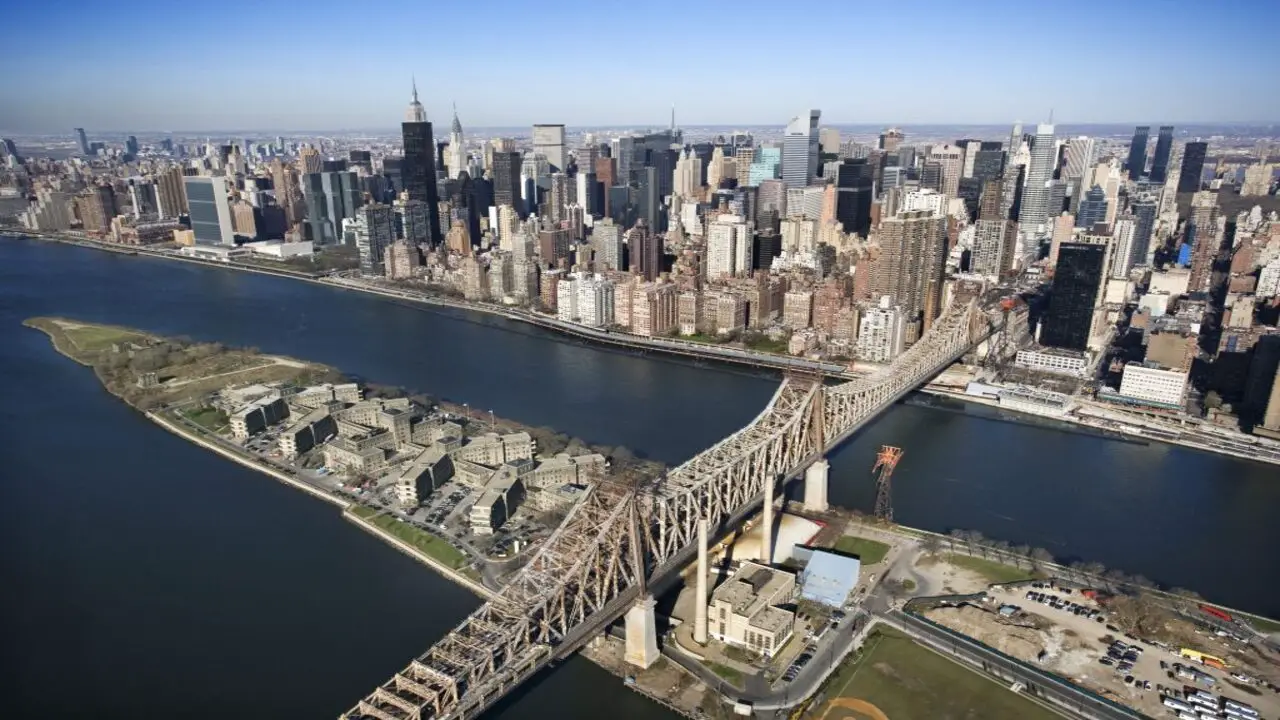
Manhattan, an island in Upper New York Bay, is not just any ordinary island. Its rich history and vibrant cultural center stand as a testament to the diverse heritage that shaped it. From the Native American tribes to the establishment of Fort Amsterdam and the bustling cityscape, Manhattan truly encapsulates the essence of a thriving metropolis.
Definition And Characteristics Of An Island
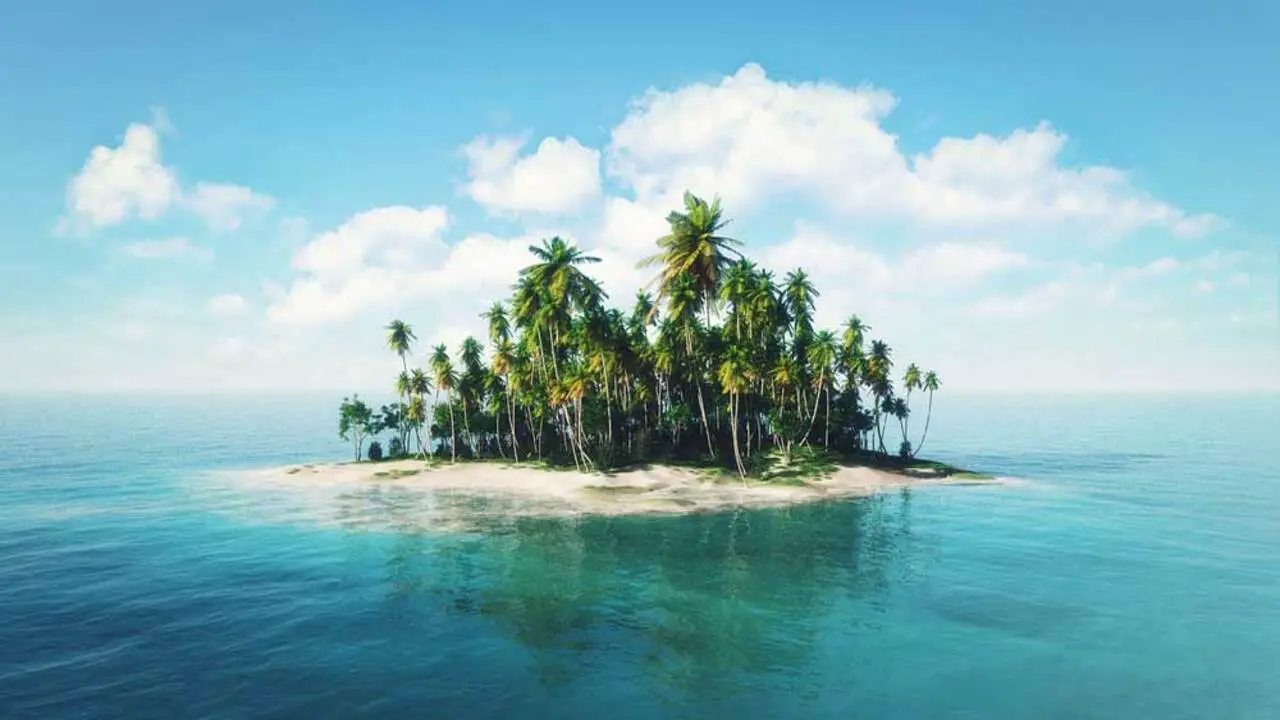
An island is a landmass surrounded by water on all sides. It is typically smaller than a continent. You can find them in oceans, seas, or lakes. Islands vary in size, ranging from tiny islets to large land masses. Their isolation and unique ecosystems characterize them. They are often popular tourist destinations due to their natural beauty and serene environments.
Islands form through volcanic activity, tectonic movements, or erosion. They are popular for their diverse flora and fauna. That many islands are home to endemic species found nowhere else on Earth.
The islands’ isolation often leads to distinct cultures and traditions developed over centuries in harmony with the natural surroundings. Tropical paradises with palm-fringed beaches or rugged and remote outposts. These islands captivate the imagination and offer a glimpse into their own world.
Geographic Location Of Manhattan: Several bodies of water surround Manhattan, a borough located within New York City, including the
- Hudson River,
- East River, and
- Harlem River
Popular for its iconic skyline and bustling city life, Manhattan is home to a diverse population and is vital to the region’s economic prosperity. With a high per capita income and renowned institutions like Cooper Union, this vibrant borough attracts people from all over the world while still maintaining its rich history and connection to the native people of Bergen County.
Why Manhattan Is Considered An Island
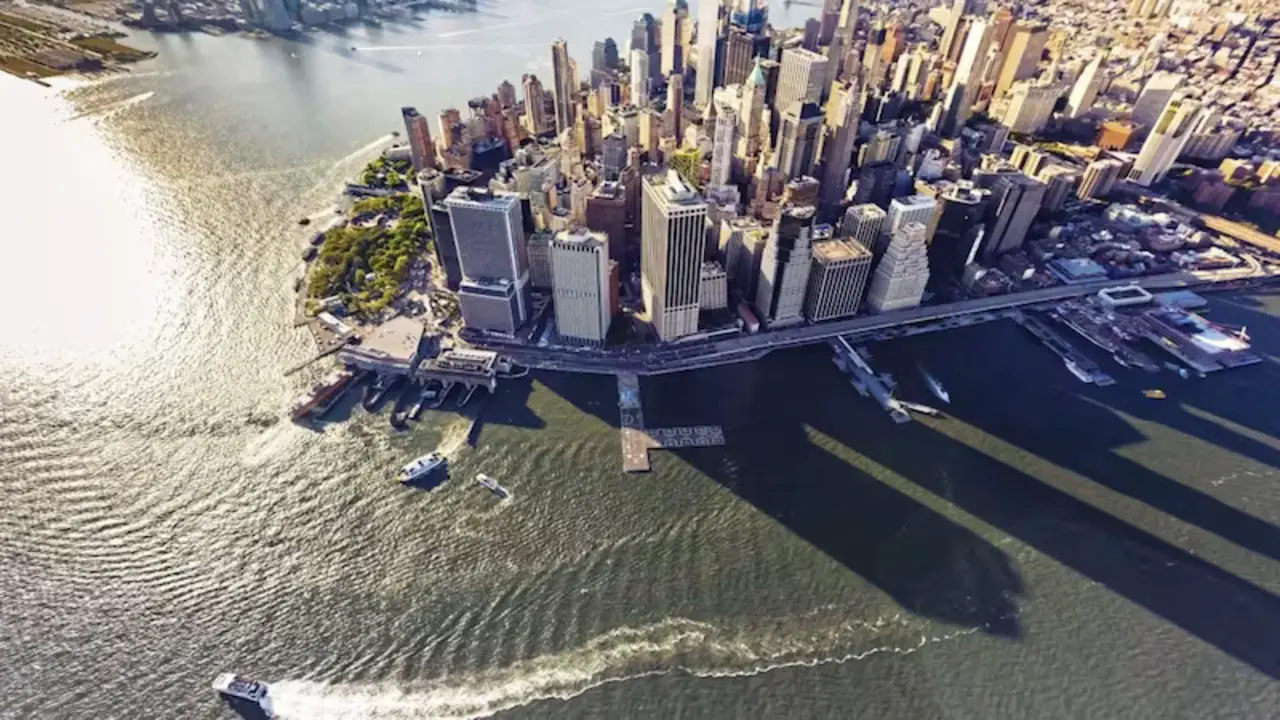
Manhattan, located in New York City, is a prime example of an island. It is approximately 13 miles wide, bordered by the Hudson and East Rivers. Manhattan’s iconic landmarks, such as Ellis Island and the Brooklyn Bridges, showcase its rich history and architectural beauty. Throughout the twentieth century, Manhattan has thrived as a cultural and economic hub in North America, attracting people from all walks of life.
Manhattan, a borough of New York City, widely recognizes itself as an island due to its unique geographical characteristics. Water surrounds it, creating a distinct separation from the mainland. Its limited land area, encompassing approximately 22 square miles, further contributes to its island status. This geographical distinction has shaped Manhattan’s identity and contributed to its iconic status as a vibrant and bustling urban island.
New York’s Most Important And Popular Borough
Manhattan is probably the most well-known borough of New York City. It is home to the city’s most iconic landmarks, such as Central Park, Wall Street, and Times Square. The population of Manhattan is approximately 8.5 million people.
Manhattan, often referred to as the heart of New York City, stands out as the most significant and beloved borough. Its iconic skyline, bustling streets, and cultural diversity make it an unparalleled destination. From the vibrant Times Square to the majestic Central Park, Manhattan captivates visitors with its countless attractions, world-class restaurants, and endless entertainment options.
Its rich history, vibrant neighborhoods, and renowned landmarks like the Empire State Building and Statue of Liberty solidify its status as an international symbol of urban excellence. Whether exploring the trendy shops in SoHo, enjoying a show on Broadway, or simply taking a leisurely stroll along the High Line, Manhattan offers an unrivaled experience that truly represents the epitome of cosmopolitan living.
What Is The Difference Between An Island And A Peninsula?
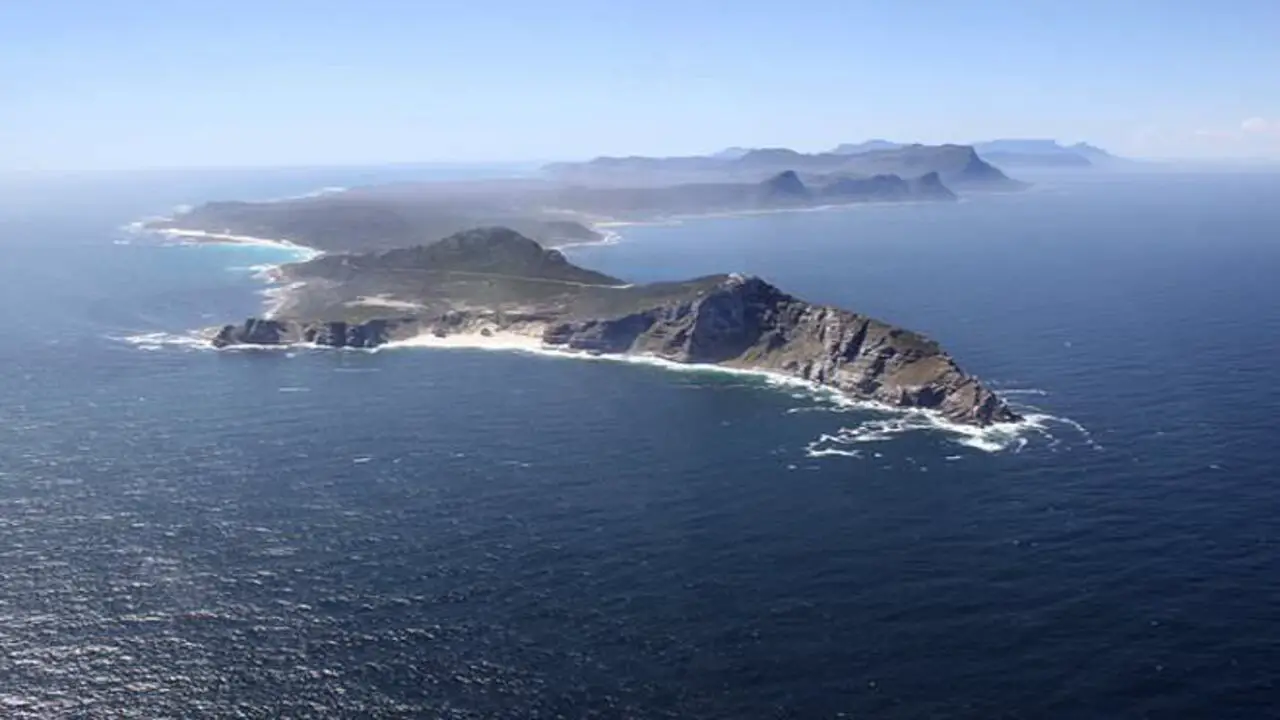
An island and a peninsula are two distinct geographical features. An island is a landmass completely surrounded by water, while a peninsula is a piece of land connected to the mainland by a narrow strip of land. Islands offer seclusion and unique ecosystems, while peninsulas blend land and water access. The main difference lies in their connectivity and how natural processes form them.
Manhattan, the iconic borough of New York City, is an intriguing landmass that sparks curiosity about its classification. We count Manhattan as an island due to its complete separation from the mainland. Being bounded by the Hudson River to the west, the East River to the east, and the Harlem River to the north, Manhattan is a distinct landmass, encompassing its unique culture and skyline.
Manhattan shares traits with a peninsula despite its island status. It connects through the larger continental landmass by narrow strips of land. These land connections, known as land bridges, provide access to and from the island, blurring the line between the island and the peninsula. Nonetheless, the undeniable allure of Manhattan lies in its vibrant cityscape, bustling streets, and world-renowned attractions, making it a destination that transcends classification and captivates the hearts of millions.
What’s It Like Living In Manhattan Or Nyc?
Living in Manhattan or New York City (NYC) is an exhilarating experience that offers a unique blend of culture, diversity, and constant energy. Iconic skyscrapers, renowned museums, and vibrant nightlife fill the bustling streets.
From the world-class dining options to the endless entertainment opportunities, there is always something new to explore. However, the fast-paced lifestyle and high cost of living can be challenging. Despite this, the unparalleled opportunities, diverse communities, and the electric atmosphere make living in Manhattan or NYC an unforgettable adventure.
What’s The Difference Between New York City And Manhattan?
There can be some confusion when differentiating between New York City and Manhattan. While Manhattan is an integral part of New York City, it is not synonymous with the city itself. New York City comprises five boroughs: Manhattan, Brooklyn, Queens, the Bronx, and Staten Island.
Locals often refer to Manhattan as “the city” because it is an island in the center of these boroughs. Its iconic landmarks include Central Park, Times Square, and the Empire State Building. So, while Manhattan may be an island, it is just one piece of the giant puzzle that makes up the diverse and vibrant city of New York.
- NYC has five boroughs: Manhattan, Brooklyn, Queens, The Bronx, and Staten Island.
- Manhattan is the main borough with Times Square and Central Park.
- It’s the center for finance, commerce, and culture.
- Other boroughs have diverse neighborhoods and attractions.
What Is The Best Way To Get To Manhattan?
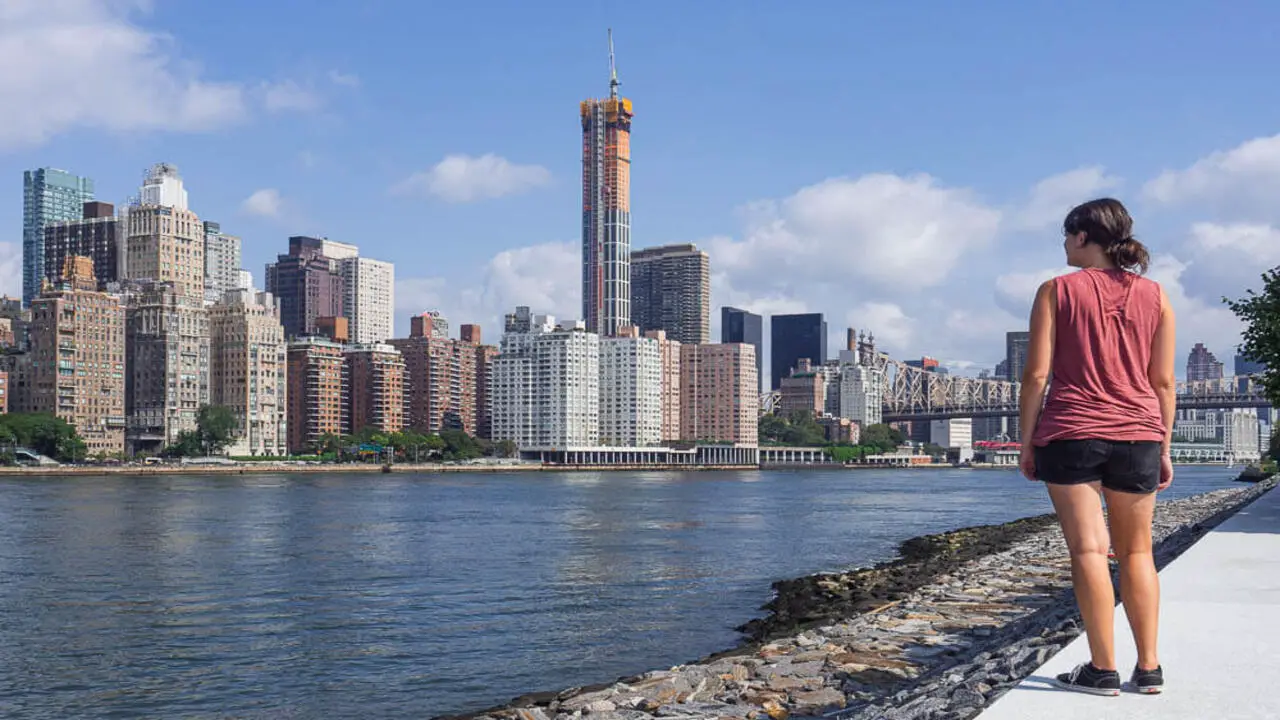
Regarding the best way to get to Manhattan, several options exist. One popular choice is taking the subway, with its extensive lines connecting different boroughs. Another option is the bus system, which offers convenient routes throughout the city.
For those who prefer a more scenic route, taking a ferry across the Hudson River can provide breathtaking views of the Manhattan skyline. Additionally, taxis and ride-share services are readily available for a more personalized transportation experience. Ultimately, the best way to reach Manhattan depends on location, convenience, and personal preference.
Is New York The Same As Manhattan?

No, New York and Manhattan are not the same. New York refers to the entire state, while Manhattan is just one of the five boroughs within the city of New York. Manhattan is popular for its iconic landmarks, such as Times Square and Central Park, while New York encompasses other boroughs like Brooklyn, Queens, The Bronx, and Staten Island. Each borough has unique characteristics and attractions, making New York a diverse and vibrant city.
Conclusion
Manhattan is indeed an island. Located at the mouth of the Hudson River, Manhattan is bounded by water on all sides and is connected to the mainland only by bridges and tunnels. Despite its small size, Manhattan is one of the most densely populated areas in the world and is home to some of the most iconic landmarks in the United States, including the Empire State Building and Central Park.
So next time someone asks if Manhattan is an island, you can confidently answer yes! As you explore Manhattan, it’s hard not to be in awe of its sheer size and bustling energy. From the towering skyscrapers that dominate the skyline to the vibrant streets filled with people from all walks of life, there’s something extraordinary about this island that draws people from all over the world.
Frequently Asked Questions
Is New York A City Or A Province?
New York City is a city located in the state of New York. New York City, the largest city in the United States and known for its iconic landmarks, bustling streets, and diverse culture, is one of several counties that divide New York.
Does New York City Have Hills?
Yes, New York City has some hills but they are not very steep or high. Central Park has some of the most prominent hills in the city. The park’s highest point is Summit Rock, which rises about 140 feet above sea level. Other notable hills in the town include Washington Heights and Fort Greene Park. Although not as famous as San Francisco’s steep inclines, these hills offer welcome relief from New York City’s primarily flat terrain.
When Did Manhattan Become An Island?
Manhattan became an island when the North River (also known as the Hudson River) was diverted to run through what is now called the Upper Bay of New York Harbor.
Is Manhattan Island A Man-made Island?
No, Manhattan Island is a natural island located in New York City. It was formed during the last Ice Age as glacial deposits and sediment accumulated, creating the island we know today. However, over time, humans have significantly altered the landscape of Manhattan through activities such as landfills and construction projects.
Is Manhattan A Part Of New York City?
Yes, Manhattan is one of the five boroughs that make up New York City. It is in the city’s heart and is known for its iconic skyline, world-renowned museums, and bustling streets.

